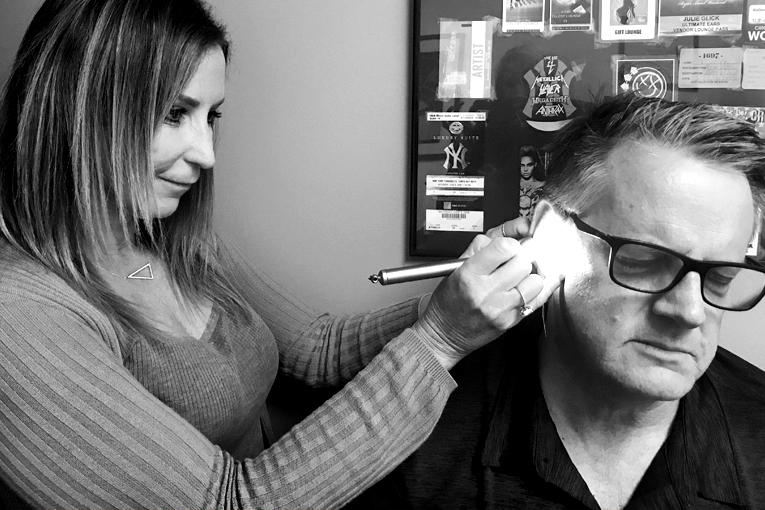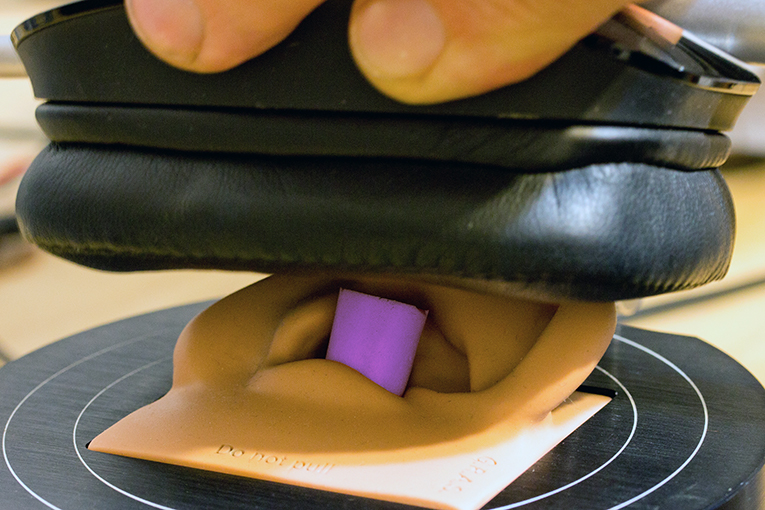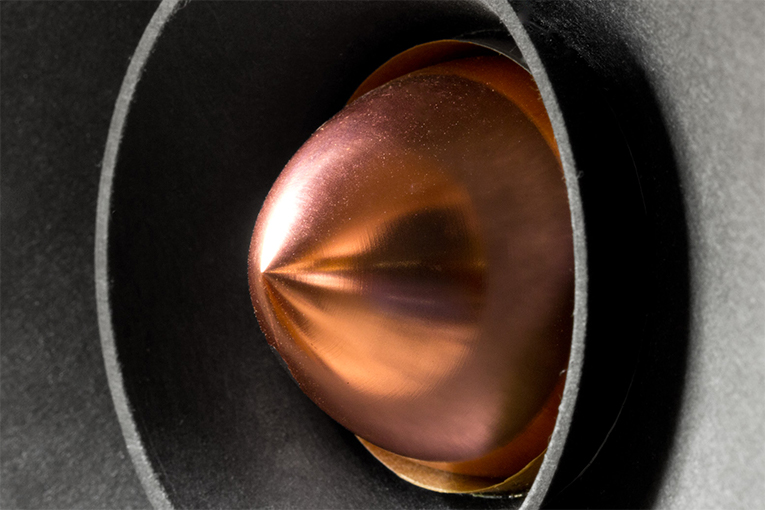Features

- Details
- Written by: Brent Butterworth
I think I saw the future of headphone technology at the recent 2019 Audio Engineering Society International Conference on Headphone Technology, held in San Francisco from August 27 to 29. My vision came during a presentation by Ramani Duraiswami, a professor at the University of Maryland and also president and founder of VisiSonics, a company dedicated to 3D audio reproduction, mostly for gaming applications. Duraiswami’s presentation didn’t awaken me to any concepts I hadn’t heard of before -- but it did give me the faith that the processing needed to make headphones sound as good and natural as a high-quality set of stereo (or surround) speakers is within our grasp.

- Details
- Written by: Brent Butterworth
After writing in-depth about noise canceling for several years, I thought I knew most of what there was to know about it. But at this week’s 2019 Audio Engineering Society International Conference on Headphone Technology in San Francisco, I saw two presentations that changed my thinking about noise-canceling technology in headphones -- and proposed ways to improve the technology and our methods of evaluating it.
Read more: Noise Canceling Is Much More Complicated Than We Thought

- Details
- Written by: Brent Butterworth
Running measurements of speakers and headphones on a regular basis teaches you many things about audio that you’d probably never otherwise learn, but it has a side benefit I haven’t seen discussed: it lets you monitor your hearing. The tests, which involve tones played through the devices under test, typically start at the high frequencies and run down to the low frequencies, and as your hearing degrades with age, you see more and more numbers tick away on the display before you can start to hear the tones.

- Details
- Written by: Brent Butterworth
It never fails. Write an article about noise-canceling headphones for a mainstream publication, as my colleague Geoff Morrison did for The New York Times, and you’ll hear from readers about a variety of “hacks” for doing noise-canceling with better fidelity and/or for less money and/or to eliminate the dreaded phenomenon of eardrum suck. The most common suggestion is to use earplugs in conjunction with standard passive headphones. Others suggest using high-quality earphones and putting noise-canceling (or passive) headphones over them.

- Details
- Written by: Brent Butterworth
Binaural recordings -- which use microphones placed inside simulated ears on a dummy head -- produce an uncannily realistic sense of space when heard through headphones. But because binaural recordings tend to sound only so-so when heard through speakers, most record labels and engineers don’t release them. For the last couple of years, Chesky Records has produced almost all of its recordings in the Binaural+ format, and I use them in all of my headphone reviews. So when I recently got a press release from Chesky touting Jazz, the latest release from bassist/singer Casey Abrams, recorded “using our new recording methodology which features a stereo ribbon microphone,” I worried that this golden era of binaural recording was over.

- Details
- Written by: Brent Butterworth
I got a surprising phone call a couple of weeks ago from a fellow audio writer working on an earphone review. He doesn’t review a lot of headphones or earphones, and didn’t know what to make of the latest review sample he’d received. “They have no bass at all. None. I don’t get it,” he said. I happen to have discussed this issue a few years ago with the manufacturer of these earphones, who told me, “I have a lot of customers who want that sound.” I’ve battled online with a few of them, who insist that headphones and earphones with elevated treble have more detail. I advised my colleague to write one of those “If this is the kind of thing you like, you’ll like this” reviews for which the old Stereo Review was notorious.
- Latency: A New Concern for Audiophiles?
- How to Read Our Headphone Measurements
- Eardrum Suck: The Mystery Solved!
- Should Audio Gear be Considered Luxury Goods?
- Headphone Equalization Using Measurements
- Why Is It So Hard to Rate Headphones?
- Five Things Headphone Enthusiasts Get Right (and That the Two-Channel Guys Get Wrong)
- The Best Possible Way to Test Audio Products (and Why Most People Don't Do It)
- Will aptX Adaptive Improve Headphone Sound?
- Is the miniDSP EARS the Death of Headphone Measurement? Or its Savior?
- What Are Measurements Good For?
- How Much Noise Do Your Headphones Really Block?
- Why We're Launching "SoundStage! Solo"
SoundStage! Solo is part of
All contents available on this website are copyrighted by SoundStage!® and Schneider Publishing Inc., unless otherwise noted. All rights reserved.
This site was designed by Karen Fanas and the SoundStage! team.
To contact us, please e-mail info@soundstagenetwork.com





